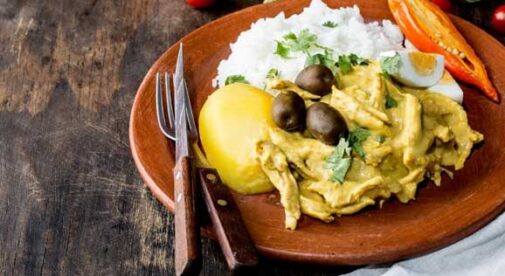Peru’s abundant attractions are no secret to seasoned travelers and discerning expats: this diverse country is affordable, welcoming, and crammed with more amazing landscapes and spellbinding history than you could ever fully absorb in just one visit… and then there’s the food.
Peru’s regional food specialties may be this country’s greatest treasure of all, showcasing a rich culinary heritage that blends Asian, European, African, and Latin American influences to create some of the most unique taste sensations on the planet.
The joy of Peruvian food isn’t always easy to describe, but it’s easy to appreciate. Once you’ve sampled its signature dishes, you’ll understand why this country’s restaurants regularly make the international Top 10 list in Restaurant magazine, and why WTA (World Travel Awards) named Peru the World’s Leading Culinary Destination for eight years running (2012-2019).
The first thing you’ll notice about Peru’s food is the sheer variety. It doesn’t matter if your tastes run toward hearty meat dishes, seafood salads, wholesome vegetarian meals, or decadent baked treats – Peru’s got you covered.
Here are some traditional foods you should definitely try on your next Peruvian adventure:
Anticuchos
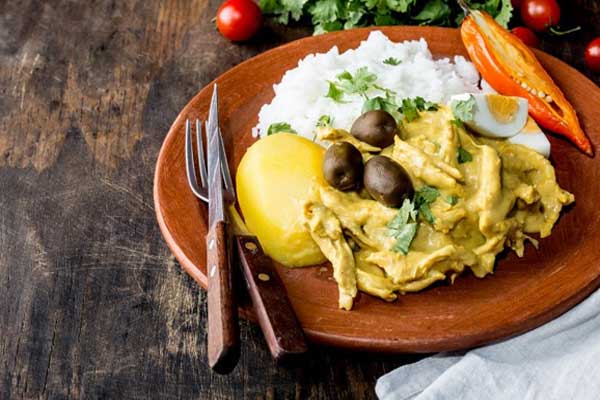
You’ll see these sizzling skewers everywhere in Peru—they’re super-popular street food. Looking like kebabs, they’re beef, beef liver, or beef heart (my favorite), often marinated in garlic/red wine vinegar.
The tastiest anticuchos I had were in the jungle town of Tarapoto during a festival. Insider tip: When buying street food in Peru, always seek out the busiest vendor so you know everything’s fresh.
Aji de Gallina
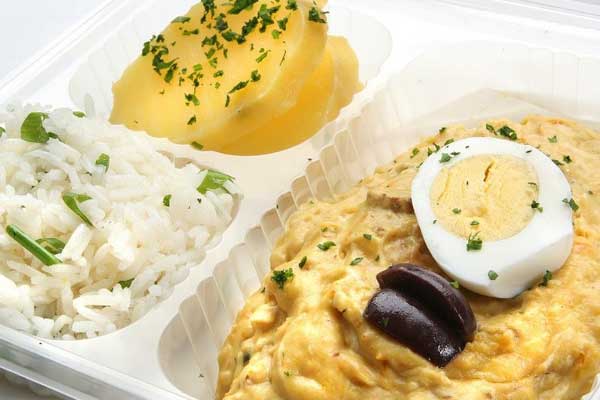
This is a delicious chicken stew thought to have originated in Africa in the 16th century. It’s cooked with mild yellow chili, garlic, walnuts, and turmeric, and is often accompanied by potato and hard-boiled egg.
Locals and visitors love this creamy shredded chicken dish, so you’ll find it on most lunch menus. I had Aji de Gallina in three different Cusco restaurants, and all were amazing.
[retirement_index_signup]
Lomo Saltado
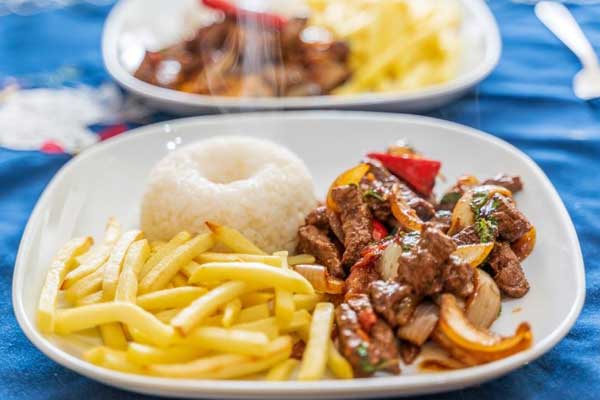
It’s pretty rare to find a Peruvian café that doesn’t feature Lomo Saltado as a staple. This is the Latin American version of stir-fried beef, cooked with onions, tomatoes, soy sauce, chili, and other spices. Quality Lomo Saltado is tender and moist and is normally served with white rice and French fries; the locals wash it down with Inca Cola.
Lomo Saltado is ubiquitous in Peru, but I found the restaurants in Nazca did a particularly good job with it.
Ceviche
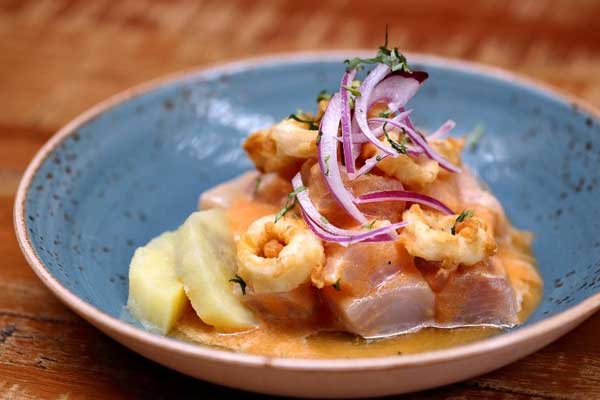
Although ceviche is popular in many parts of Latin America, it’s nothing short of an obsession in Peru, where it’s the national dish. This healthy, zesty meal is traditionally served cold. Fish (often sea bass) is marinated in lime juice, salt, chili, and thinly sliced onion and typically served with a slab of sweet potato and some choclo (boiled corn).
The best cevicherias (ceviche restaurants) are in Lima, particularly around the main tourist area near Parque Kennedy. It’s hard to pick a favorite restaurant, but the one I had at El Mercado was pretty special.
Cuy
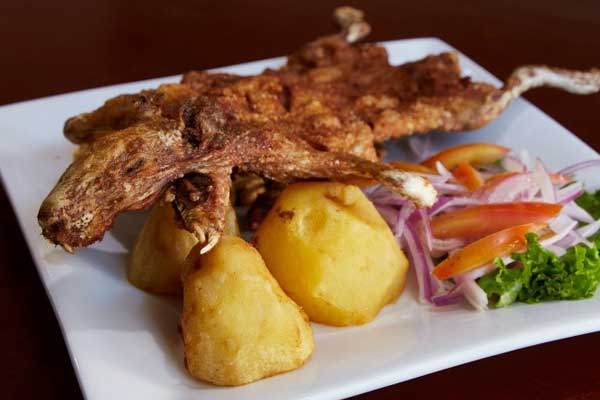
Many visitors to Peru are fascinated by the idea of eating cuy (guinea pig), so go ahead: get it out of your system, if only for the novelty value. The herb-stuffed, slow-roasted variety is exceptional and much healthier than the oil-fried, fast-food version.
Munching on cuy-on-a-stick is an almost obligatory Peruvian experience. These animals aren’t pets; they’re specifically raised for food and Peruvians devour around 65 million of the little critters each year.
Cuy are often cooked outdoors during fiestas. I had my first one in a small village outside Arequipa, and would say it tastes more like duck than chicken.
Champus
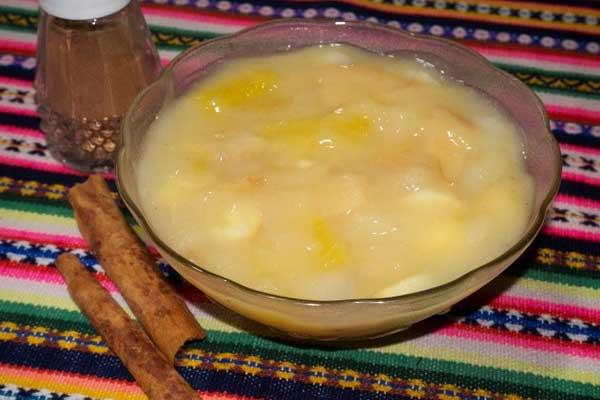
Peruvian sweets and desserts are delectable. Neighborhood bakeries are just the spot for cheap, fruit-and-custard-filled pastries and other sugary delights, most costing less than a dollar each.
When it comes to after-dinner desserts, it’s hard to go past champus, a creamy concoction that will taste a little different depending on what fruits are available where you order it. Apple, quince, pineapple, and soursop are just a few possible inclusions, and they’re all good.
Champus is served hot, so you’re more likely to run across it during the winter months, especially up in the Andes.
Of course, the cheapest way to enjoy Peruvian food is to stock up on fresh produce at local markets and then cook your own. Peru grows more than 3000 varieties of potato and more than 50 types of corn, so vegetarians won’t run out of options either.

